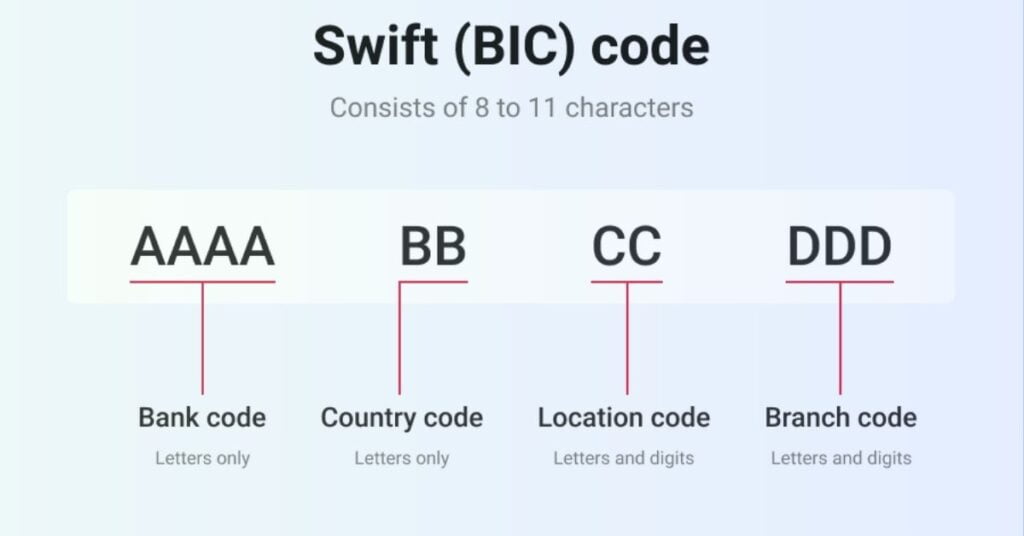

With interest rates on the rise, now may be the optimal time to sell your mortgage note. Selling the note allows you to cash out the remaining principal balance and eliminates the headaches of collecting payments and managing the loan. Read on to learn why acting now could be your best move.
What is a Mortgage Note?
A mortgage note is a legal document that the original home buyer signed to get a mortgage loan. It promises to pay back the loan with interest to the lender. If you own a mortgage note, you are the lender, and you can collect the payments from the home buyer until the loan is paid off.
The mortgage note provides details on:
- The amount originally financed
- The interest rate on the loan
- The schedule for monthly repayments
- What happens if the borrower defaults
By possessing the mortgage note, you hold a claim on the property if the homeowner fails to make payments. You also hold an asset that can be sold to a private mortgage note buyer like Amerinote Xchange.
Rising Interest Rates Make Notes More Valuable
Current interest rates exceed 6% – far higher than just a year ago. This benefits you as a noteholder. Your existing note likely has a much lower rate than what’s available to buyers today. This makes your note highly desirable to investors in the current climate.
With rates rapidly rising, demand has surged for notes like yours with below-market interest rates that offer attractive yields. Investors want to secure returns higher than what new mortgages provide.
Now is the optimal time to sell and capitalize on spiking investor demand before rates potentially stabilize. Selling lets you lock in profits as buyers compete for notes that deliver better yields.
Surging Home Prices Build Underlying Value
Home values have skyrocketed lately. Just look at how much your place has appreciated over the past few years! All that rising home equity adds real value to your underlying mortgage note.
With prices pushed up, the collateral securing your note is now worth a lot more. This gives buyers confidence that the note is backed by a solid asset. It provides you greater protection in case of default as well.
Plus, should the borrower sell, high home values mean your note may get paid off earlier. The new owners can cash out equity to pay you the balance owed.
Low Inventory Meets High Investor Demand
Mortgage note inventory is low as higher rates reduce lending volume. Yet, investor appetite remains voracious for these stable-yielding assets. This supply-demand imbalance gives you maximum leverage as the seller.
With limited note availability but ready buyers, yours is a rare and valuable commodity. The buying frenzy resulting from scarce inventory lets you capitalize and secure top-dollar prices.
Now is the optimal time to sell before the imbalance shifts. The fierce competition won’t last long as investors seek to deploy capital into scarce high-quality notes.
Strike while your note is in high demand but in short supply. Selling into these favorable conditions lets you maximize value.
Avoid Future Uncertainty
No one can predict what the economy or housing markets will do in the months and years ahead. Will mortgage rates keep climbing? Will home prices stall out or even decline? The future is inherently uncertain.
Rather than speculate, you can capitalize on today’s favorable conditions with the certainty of an immediate sale. Locking in your gains provides peace of mind.
Selling your note now lets you bank profits and eliminate risks before the winds possibly shift. You avoid the hazards that may come with waiting out an unpredictable future as the holder.
Conclusion
Rising rates, surging home values, scarce inventory, and market uncertainty all signal now is the optimal time to sell your mortgage note. Capitalizing on today’s ideal conditions lets you maximize your profit potential. Don’t wait to act when the market incentive is here. Sell your note and unlock your home equity.
Check our previously published article on How to choose the best savings account?







